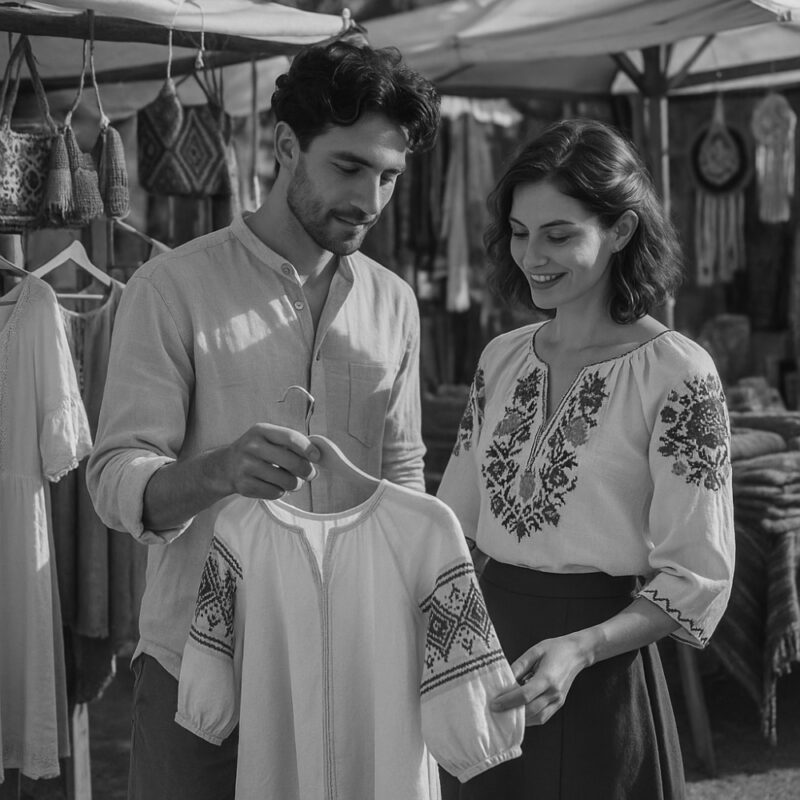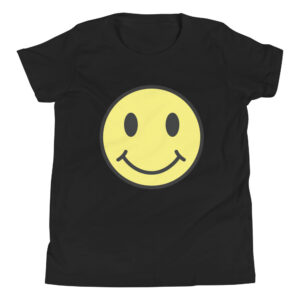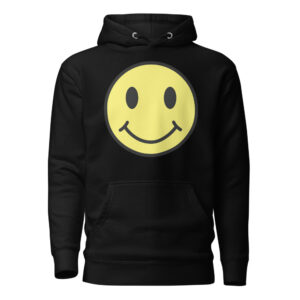A Modern Shift Toward Handmade Style
Handmade clothing is re-emerging in everyday wardrobes as more people look for authenticity and sustainability in fashion. In a world dominated by fast trends, handmade garments offer something different — they connect wearers with craftsmanship, culture, and a slower way of dressing. This renewed interest highlights how fashion is changing to value quality and meaning over excess.
Why Handmade Clothing Appeals To Today’s Shoppers
The appeal of handmade clothing lies in its individuality. Each piece carries small variations that mass production can never replicate. Modern shoppers are increasingly drawn to these differences, seeing them as signs of artistry rather than flaws. Choosing handmade means choosing garments that feel personal, distinctive, and rooted in care.
Handmade Clothing And The Rise Of Slow Fashion
Slow fashion has pushed handmade fashion to the forefront of cultural conversations. Instead of buying in bulk from fast-fashion retailers, many people are turning to smaller brands and artisans who focus on sustainable practices. Handcrafted garments often use natural fibers, durable stitching, and timeless silhouettes. They last longer and encourage a “buy less, buy better” mindset that resonates with a generation more aware of fashion waste.
Cultural Stories Woven Into Handmade Garments
Handmade clothing also carries cultural weight. Traditional weaving, embroidery, and tailoring techniques often reflect a community’s history and identity. Whether it’s an embroidered blouse, a hand-dyed scarf, or a woven jacket, these pieces connect the wearer to a lineage of skill. Wearing artisan fashion is more than style — it’s carrying forward a cultural story in daily life.
The Role Of Handmade Clothing In Personal Style
Fashion today is more personal than prescriptive, and handmade plays an important role in that shift. Bespoke tailoring, knitwear from small makers, or artisan accessories give wearers a chance to build a wardrobe that feels one-of-a-kind. Investing in handmade often means creating a lasting bond with garments, encouraging thoughtful care and long-term use.
Handmade Fashion And The Future Of Design
Designers are also responding to the growing interest in handmade clothing. Luxury houses are incorporating hand-beading, artisanal embroidery, and custom finishing into their collections. Independent designers are building their reputations on small-batch work that blurs the line between art and fashion. This trend points toward a future where handcrafted clothing is not just niche but a respected pillar of modern design.
Where To Discover Handmade Clothing Today
Markets, independent boutiques, and online platforms have made handmade clothing more accessible than ever. Travelers often bring back pieces from local artisans, while urban shoppers can find workshops and small studios that specialize in tailoring or handwoven textiles. This accessibility is fueling demand, making handmade fashion a practical choice rather than just an occasional luxury.
Handmade Clothing As A Movement, Not A Trend
The return of handmade clothing suggests a lasting cultural shift. In valuing the artistry of garments, people are redefining what fashion means. It’s no longer about keeping pace with trends but about finding pieces that feel meaningful, sustainable, and deeply connected to human creativity.






